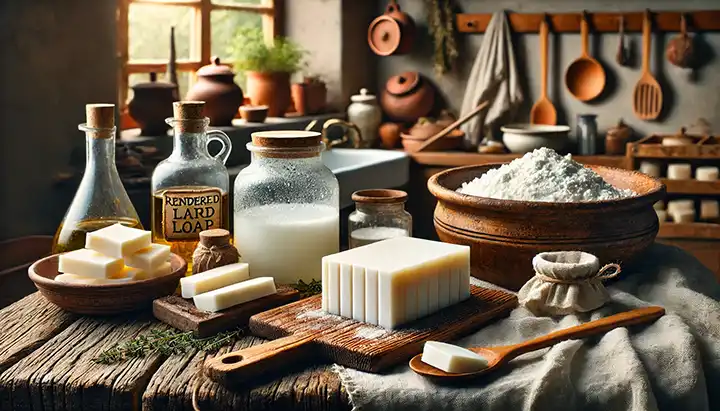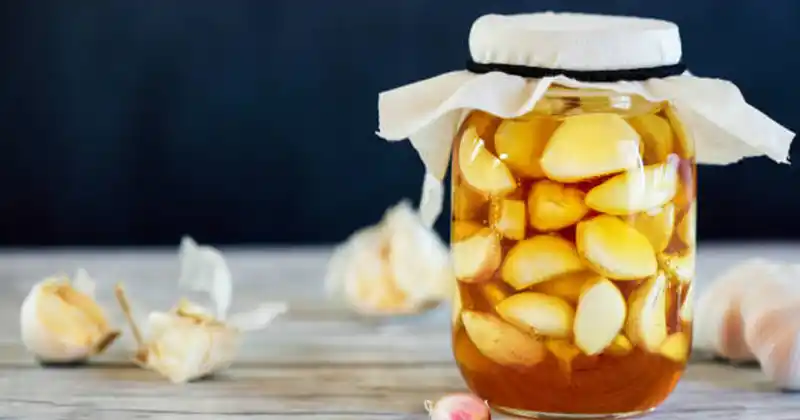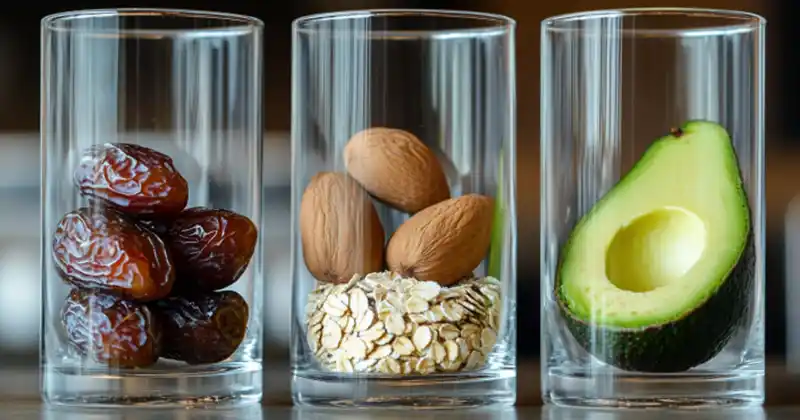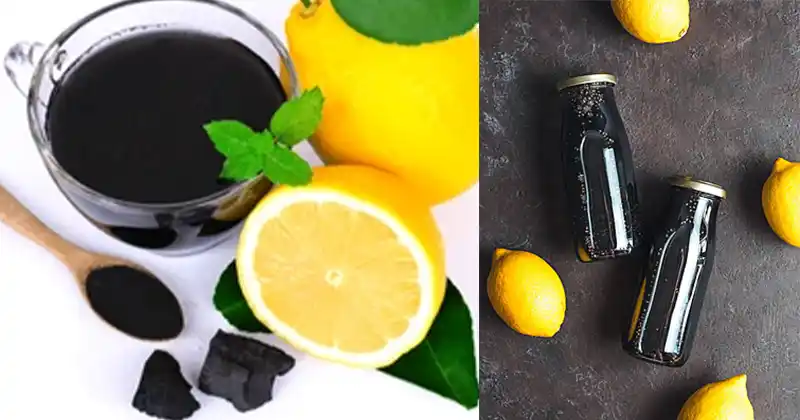Effective Tricks to Boost Water Pressure in Faucets and Shower
Have you ever experienced the frustration of stepping into the shower after a long, tiring day, only to find that the water pressure is disappointingly low? It’s a common issue that can also affect the flow of water from your faucets. The culprit behind this problem is often limescale buildup, also known as hard water, which consists of high concentrations of minerals like magnesium.

But fret not, as there are effective tricks to address low water pressure in both your shower and faucets. Let’s explore these solutions below:
Increasing Water Pressure in the Shower Ingredients:
- 1 cup of hot water
- 1/2 cup of white vinegar
- Juice from one lemon
- Toothbrush
Procedure:
- If your showerhead is fixed, the best approach is to place the ingredients in a bag and secure it around the showerhead to submerge it.
- Allow it to sit for approximately 15 minutes.
- Next, remove the bag with the solution and use a toothbrush to scrub away impurities.
- Finally, turn on the hot water and let it run, noticing the improved water pressure.
Boosting Water Pressure in Faucets Ingredients:
- Hydrogen peroxide
- Baking soda
Procedure:
- Begin by applying hydrogen peroxide to a piece of cotton and rubbing it onto the faucets.
- Add a bit of baking soda to create a paste and let it sit for around 30 minutes.
- Finish by rinsing thoroughly with hot water.
Tips: Remember to perform these solutions and tricks every 15 days to prevent clogs in the pipes and maintain a steady water flow from your faucets and shower.
By implementing these techniques, you can bid farewell to low water pressure issues and enjoy a satisfying and invigorating shower experience, along with efficient faucet performance. Say goodbye to frustrating low-pressure showers and faucets with these simple yet effective remedies.



















